Sewing life hacks are needed by beginners and experienced needlewomen. New ways to make the sewing process easier are gradually appearing, which are useful for everyone to know. There are tricks in any hobby, even small nuances can make it more exciting.
- Lifehacks when constructing a pattern
- Machine Sewing Life Hacks
- Double pencil or template frame for outlining seam allowances
- Cardboard template for ironing seam allowances
- Cardboard for stitching thick fabrics
- Stationery rubber bands for precise topstitching
- Template for making bias binding
- Stitch Direction Guide
- Making a pattern from old things
- Storing bobbins of thread
- Self-adjustment of the skirt length
- Sliding foot
Lifehacks when constructing a pattern
Life hacks when constructing a pattern are very necessary for beginners. This is the first and most important stage in sewing. What experienced seamstresses advise:
- Use graph paper. Transfer the pattern onto tracing paper and then do the modeling.
- When designing and marking, you can use an aqua marker.
- If the natural fabric has a short pile, the pieces can be laid out against its direction - the color will be rich.
- You can store the patterns on a string or thread, making small holes in the corners.
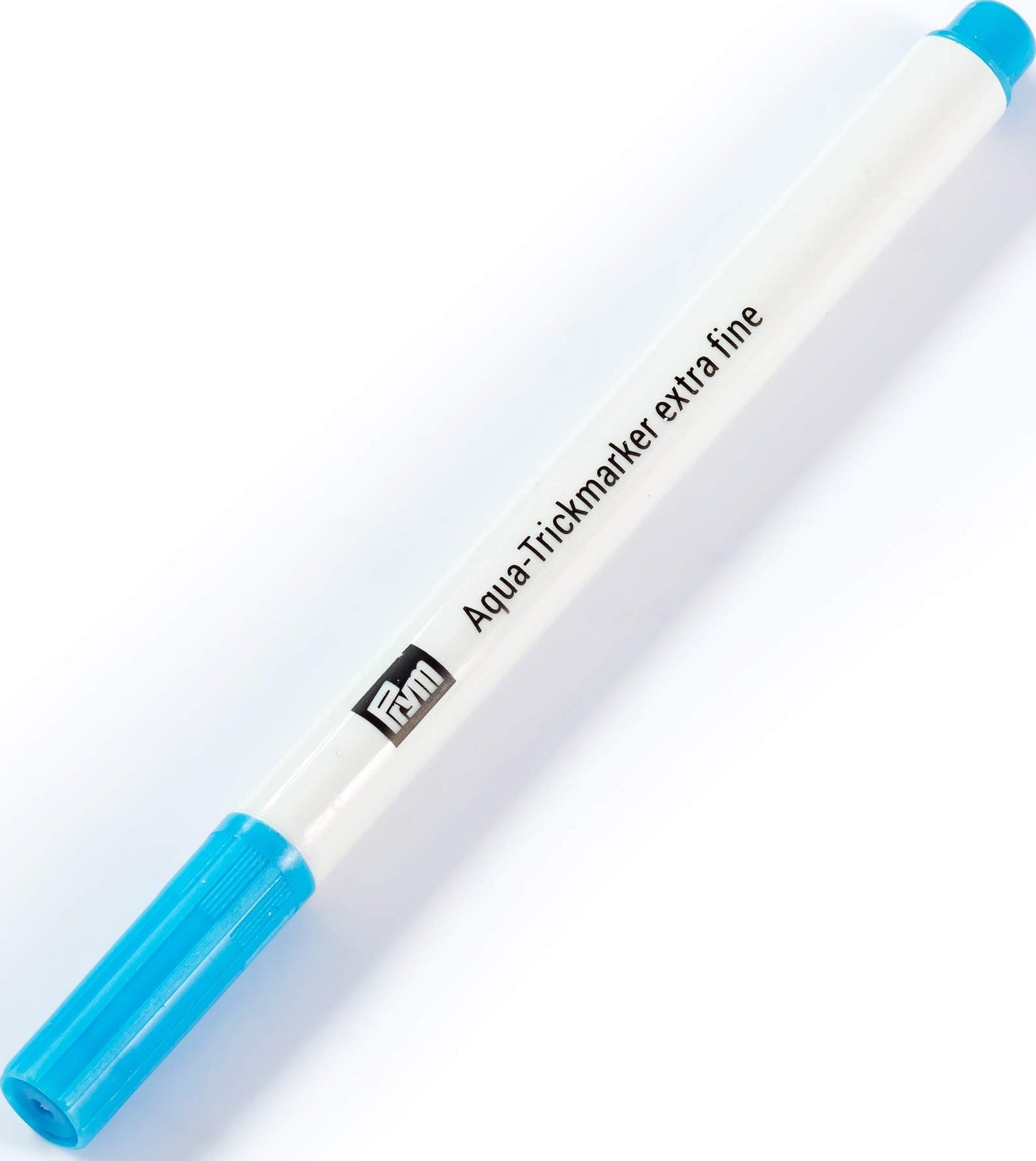
Machine Sewing Life Hacks
Life hacks for sewing on a sewing machine yourself will help you quickly understand the device and adjust it to your needs. Useful secrets of needlework:
- To make the sewing machine start working smoothly, you can find the speed part in the pedal and turn the mechanism.
- The machine does not always have a side thread cutter, in which case you can use a small cut on the side.
- To recreate your favorite pants or other item yourself, you can cover them with tape and then transfer it to create a pattern.
- To prevent a long piece from shifting while sewing, you can move it using sponges.
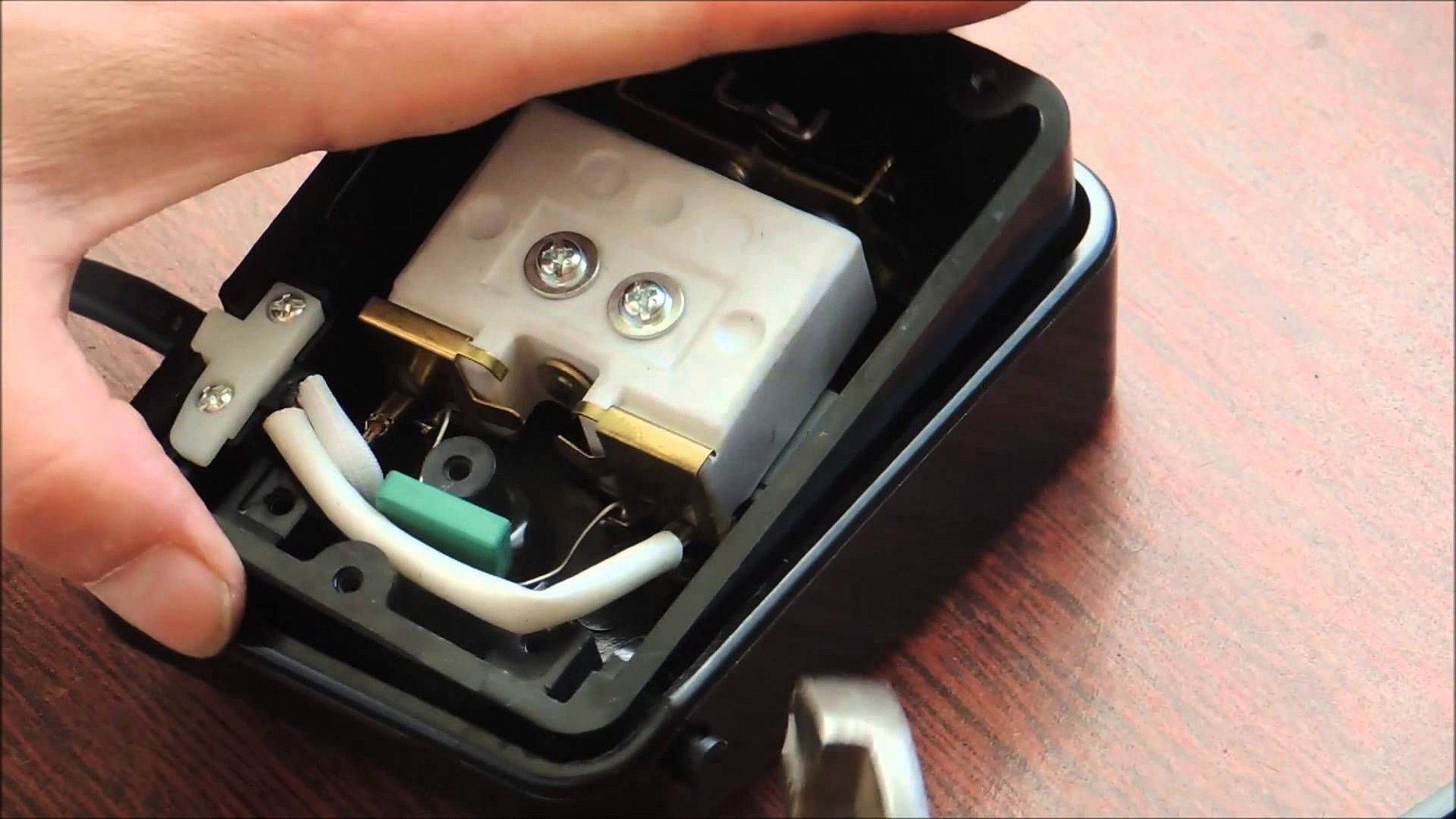
Double pencil or template frame for outlining seam allowances
One of the most popular life hacks for cutting clothes yourself is using a double pencil to outline the allowances. It is not at all necessary to make two versions of one detail of different sizes. You can tie two pencils with an elastic band. The distance between them should be enough for the allowance. In this way, you can outline the detail once. The template looks like a rectangle with a hole inside. Its frames are 1.5 centimeters wide. It is more convenient for a beginner seamstress to work with pencils.

Cardboard template for ironing seam allowances
Another tool for creating even seam allowances is simple cardboard strips, which you can create yourself. It is recommended to take a thick material. It is enough to make several versions of different widths, and then sign. Different products may require different seam allowances. Strips are convenient for checking the distance and correcting unsuccessful places. Cardboard is also easy to use when ironing to create an even hem. The disadvantage of strips is that they are less useful in places with curves.
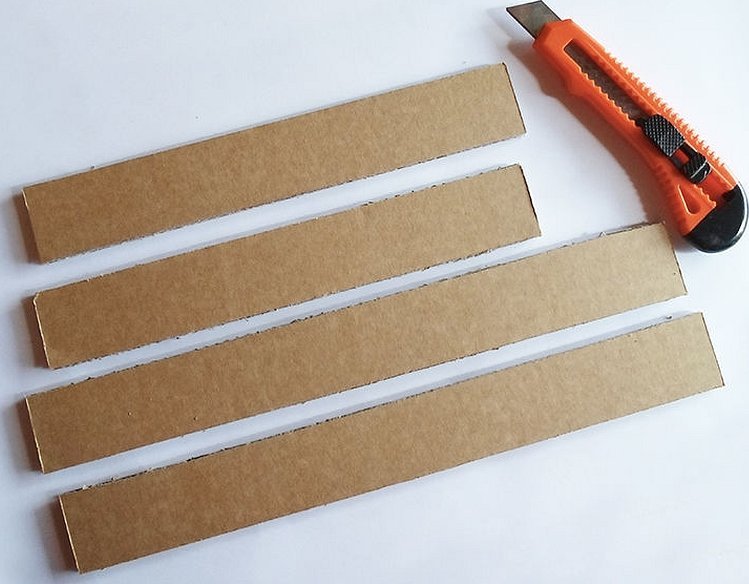
Cardboard for stitching thick fabrics
Life hacks with clothes will tell you not only how to sew quickly, but also how to do it well. One of the common problems of home seamstresses is that thick fabrics do not sew, the lines are of poor quality. This happens if the machine is old or a new model is not designed to work with leather or denim. The thread will lie well if you put cardboard under it when sewing thick fabric. You can also place a cellophane bag between the two layers. Then the needle will slide better and pierce the material.
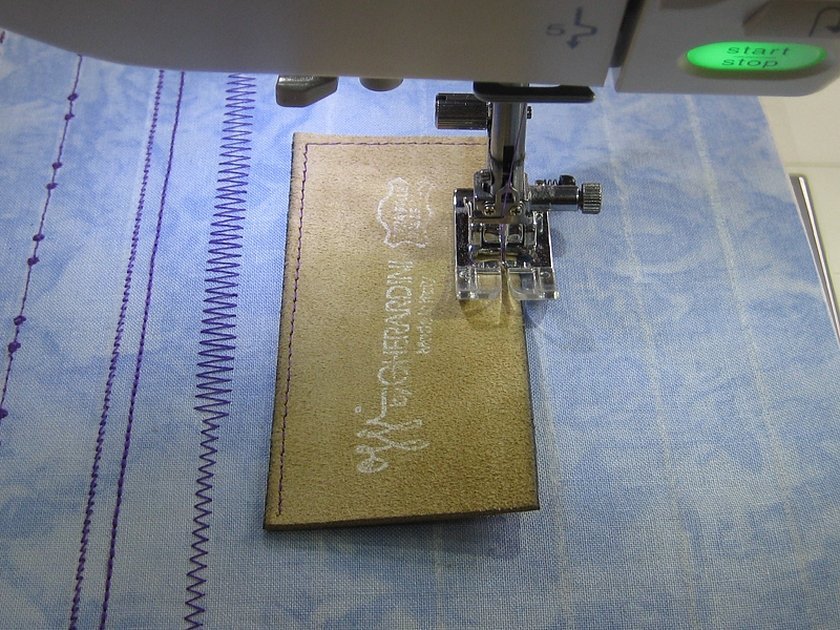
Stationery rubber bands for precise topstitching
Modern sewing machines have markings for even stitching of fabric. They may not be enough if a large piece of material is used. In this case, needlewomen use ordinary thin colored elastic bands. It is enough to place them in several layers at the same distance from each other. You can use two or three additional markings. The advantage of this method is that they can be removed or the distance changed depending on the situation. The drawn lines can be erased or leave marks on the fabric.
Advice! You can use elastic bands for clothes, but they are mostly white and will blend in with the color of the car.
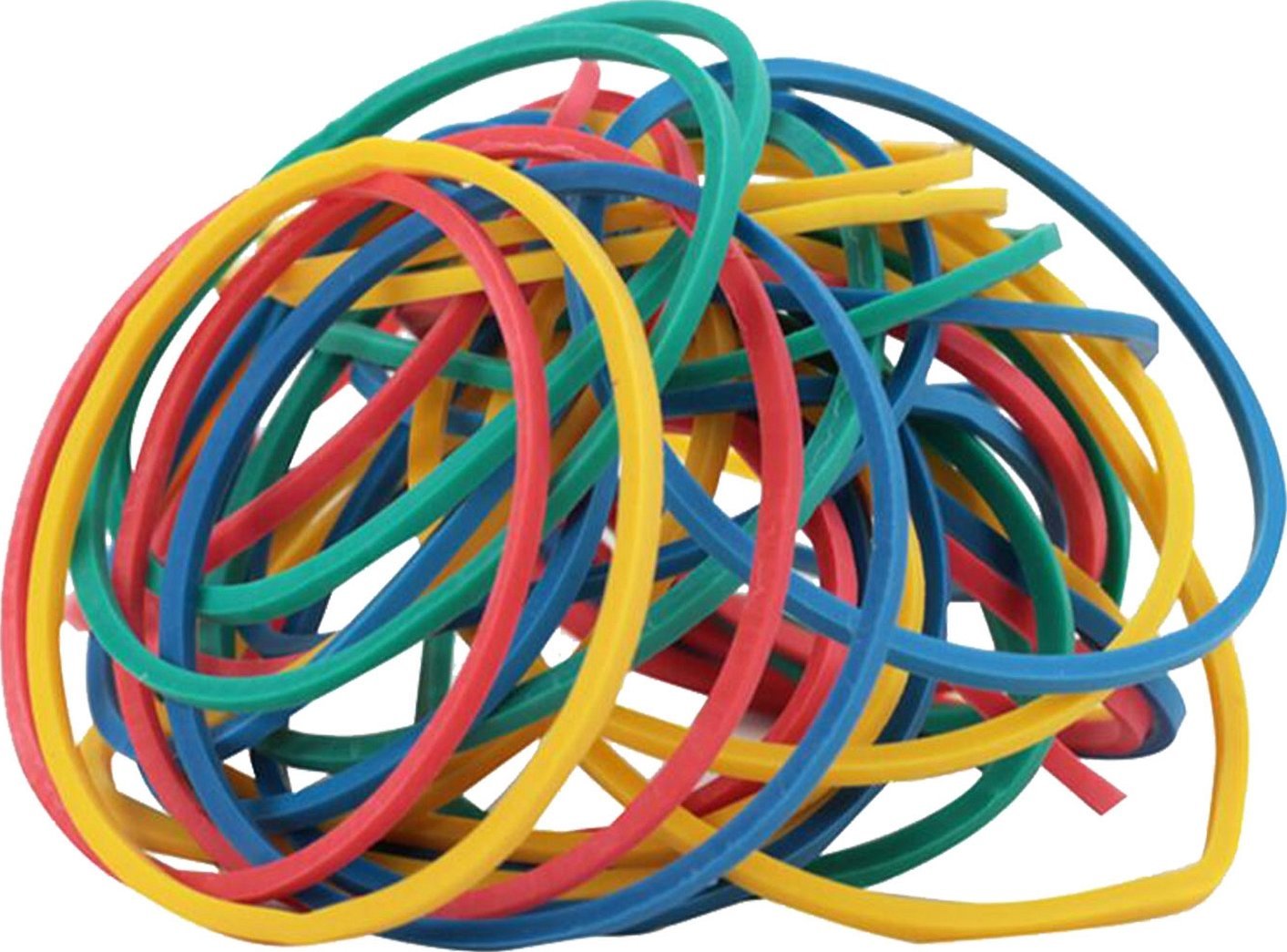
Template for making bias binding
Sewing clothes using bias tape can be made easier with a special template. You can create it yourself using a sheet of paper or cardboard. You need to make slits of the required width on it, then thread the fabric for the tape into them. If this option is not suitable, you can make a blank on an ironing board from pins or needles. To do this, you need to form a "corridor" for the fabric of the required width, pass the tape through and form the tape.
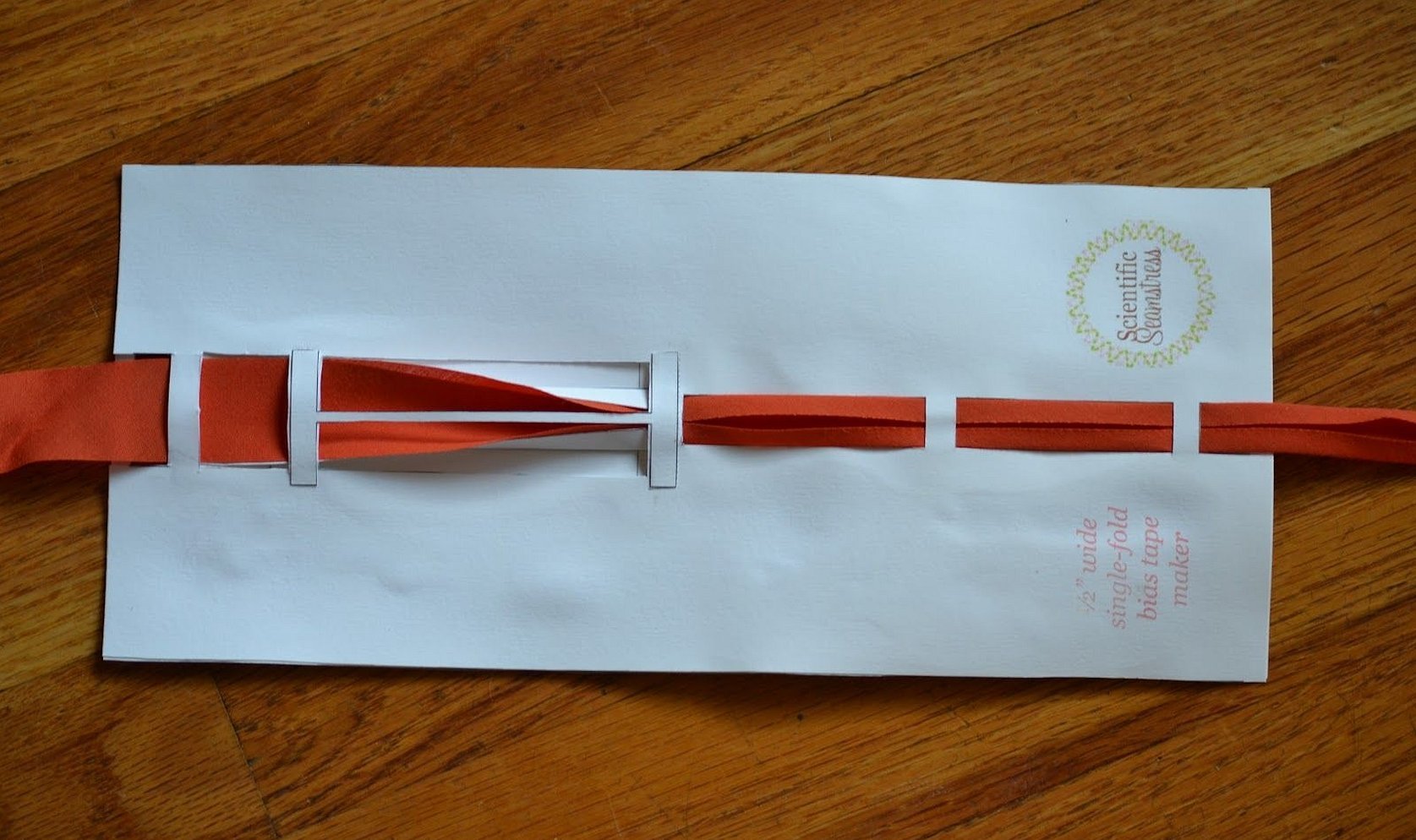
Stitch Direction Guide
The quality of the stitch depends not only on the machine, but also on the skills of the seamstress. One of the problems that haunts novice needlewomen is uneven stitching. It can be dealt with. What will help:
- Straight stitch foot with stopper.
- A foot with a ruler and notches for rounding off the required areas.
- Seam stop for uniform indentation.
Beginner needlewomen are advised to start sewing with a contrasting thread so that the stitching stands out well against the background of the fabric. The direction is influenced not only by the skill of the seamstress, but also by the choice of sewing parameters. It is necessary to choose the right needle, thread, and tension.
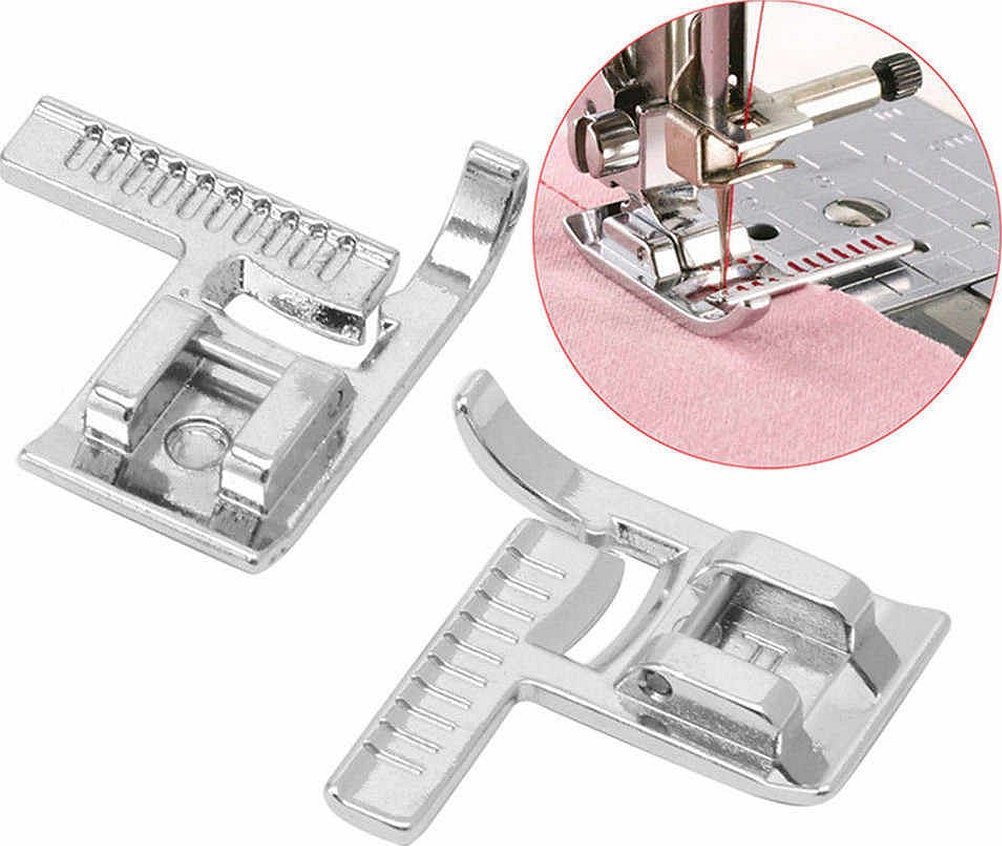
Making a pattern from old things
Not every seamstress can model, but sometimes you want to repeat your favorite thing. To make a pattern, you don’t have to rip open a blouse or pants. A couture dress can also be repeated in a simple way:
- Lay the item out on cardboard and paper.
- Pin along the outline.
- Trace with a pencil or double pencil.
- Adjust the pattern if necessary.

Storing bobbins of thread
Life hacks for the home make sewing, embroidery, weaving and other exciting processes easier for DIY enthusiasts. An important point for any needlewoman is storing her hobby tools. By organizing your workspace correctly, you can make the process of creating things, jewelry and paintings simple. Threads and bobbins have a convenient shape for storing in silicone dividers for manicure. This way they don’t get lost or broken.
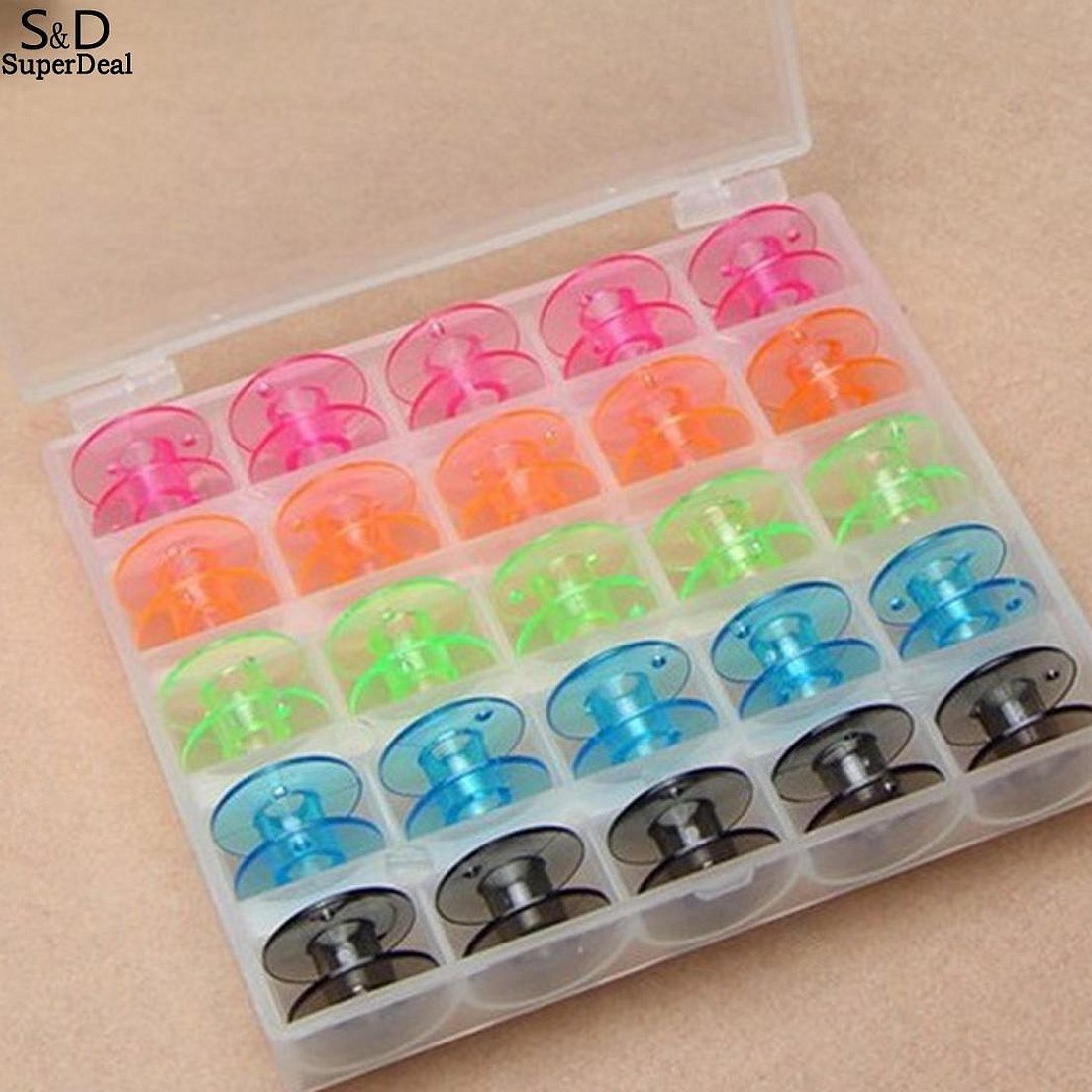
Self-adjustment of the skirt length
To adjust the length of the skirt yourself, take a thick thread, then paint it with chalk. Then stretch it in the doorway. Stand in the skirt near the thread and carefully turn around to transfer the line to the fabric.
Sliding foot
A tracksuit or a bumper for a newborn's bed can be sewn from a slippery fabric. It is inconvenient to work with such material. To make the sewing process easier, you can glue some tape under the foot.
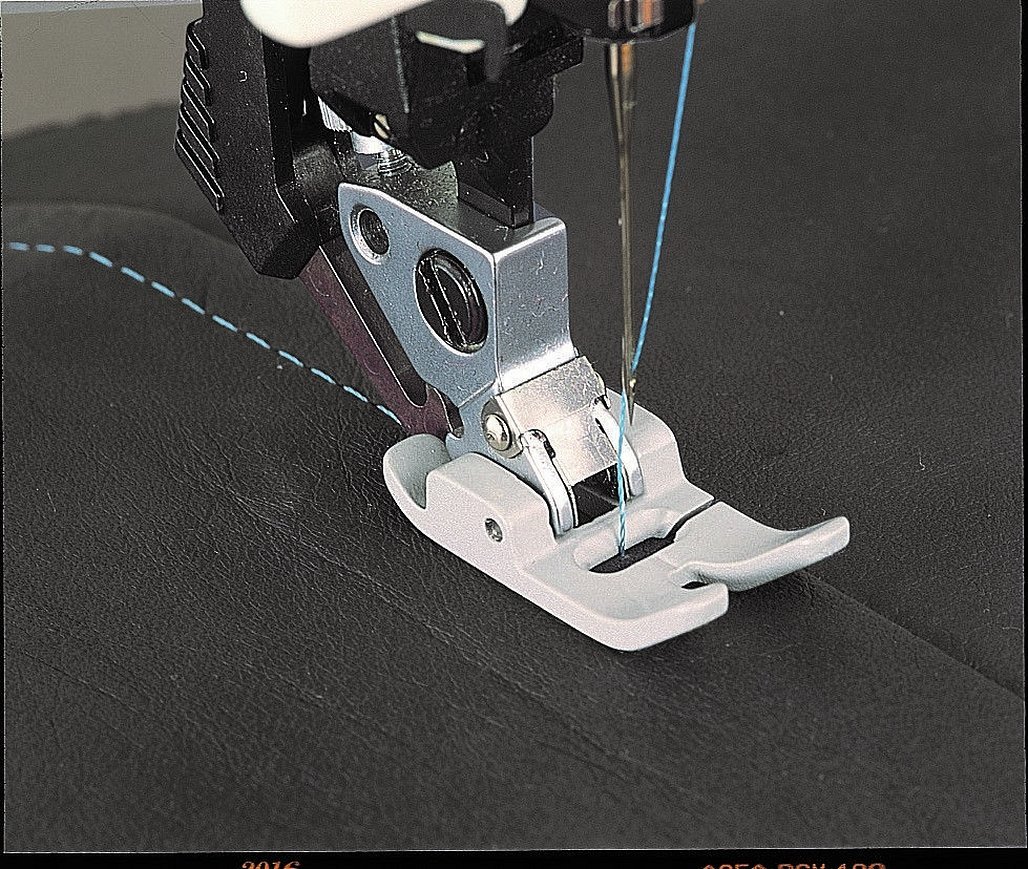
Life hacks for creating patterns and even stitches will make life easier for experienced and novice seamstresses. It is recommended to constantly be interested in the secrets of sewing, as some new nuances can significantly improve the quality of work.




